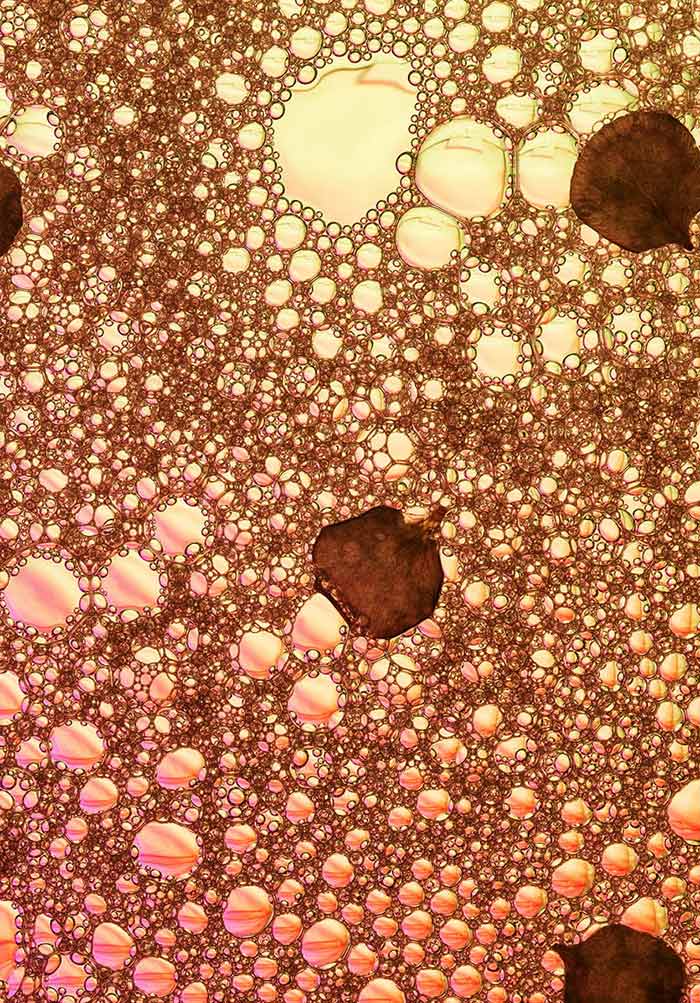Reduce Porosity In Final Ceramic Product

In spite of efforts to reduce porosity through improved mixing and delivery techniques random pores can still occur in bone cement even vacuum mixed samples are susceptible to occasional large pores davies and harris 1990.
Reduce porosity in final ceramic product. The day before you plan to do the experiment fill the unglazed pot with water and have the students record the height of the water line. To reduce the porosity of the final product sintering additives are supplemented to the initial powdered mix which then gives it the capability to be sintered under temperatures greater than 1800 c and atmospheric pressure after the reaction bonding stage 1 5. Ionic bond ensures no porosity as the wetting of the porcelain enamel on high alumina is good 28. By applying a 60 hertz alternating current ac field researchers were able to reduce the grain size of ceramics by 63 percent and eliminated porosity at 1 250 degrees celsius as opposed to the 1 500 degrees celsius needed without the electric field.
Murphy and prendergast 2000 explicitly modelling individual pores can have the disadvantage of dramatically increasing mesh density in regions of porosity a. It aims to help in the understanding of porosity effects on other materials from ceramic composties cements and plasters to rocks metals and polymers college or university bookshops may order five or more copies at a special student price available on request. The measurement of bulk density of for example green ceramic tiles during production is a fundamental parameter for the quality of the product. To provide information on ceramic dental materials and various techniques to strengthen ceramics.
The variations in stain intensity in turn are explained by the distinct distributions of pore diameters and of aspect ratios presented by the different surfaces. Porosity essentially describes holes and voids found in a casting though you may hear more specific terms when it comes to voids based on different shapes locations or frequencies. The defects and causes listed above may or may not have an impact on the overall efficacy of your product or part. The process involves taking fine ceramic powder compressing it into the desired shape of the final product.
K na or ca oxides or basic oxides. Imparts opacity to the finished porcelain product. The porosity of freshly pressed ceramic bodies governs green tile behavior during the process drying glazing and firing and largely determine the properties of the final product. An unglazed not shiny ceramic pot gardening pot is excellent for this and can be used to demonstrate the concept of porosity in a real world ceramic.
















































